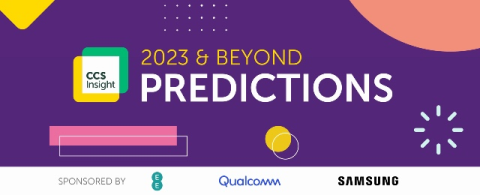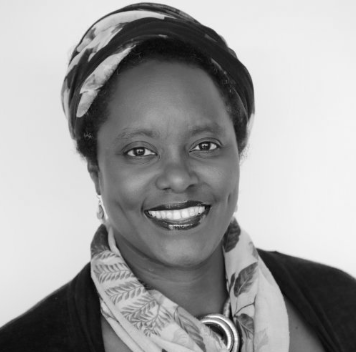

Day two of CCS Insight’s predictions examined the digital community and ways in which digital communities and organisations are changing and what this will mean for people around the world
Where day one focused on the digital world, day two focused on digital communities.
Maria Bell, Senior Analyst at CCS Insight started off by talking about how the government and businesses need to work together to ensure employees are equipped with the right skills that allow them to advance in digital agendas in an ever evolving IT landscape.
With this in mind, she predicted that 2024 sees the inception of a UK school examination board focused on digital skills.
“We predict discussions to begin between leading technology providers, the UK government and educators to create an examination board that ensures educational consistency and quality aligned with the country’s educational framework,” she said.

She then laid emphasis on how sustainability is becoming an important concept to many businesses.
“With a strong appetite for carbon tracking solutions, two thirds of businesses have already made a public commitment to net zero emissions, with a further 21 per cent expected to do so in the next six months. Our next prediction is that by 2025, a new green certification will be displayed by websites, using low energy design and codes.
“We believe a new standard will emerge enabling websites, platforms and mobile apps to support a logo certifying their use of high contrast colours, darker design theme, standard typefaces and simpler cleaner codes.”
Bola Rotibi, Chief Enterprise researcher at CCS, also predicted that the drive for low carbon emissions would significantly increase over the next five years: “Just as we track the number of steps daily, we predict that by 2027 we will see the launch of mobile apps that enable consumers to track their carbon footprint in real time.”

Crucial connectivity
Next, Kester Mann, Director Consumer and Connectivity, highlighted that as people, communities and organisations move relentlessly to an online world, the underlying connectivity becomes ever more crucial.
“Telecom operators are central to this, but customers typically don’t care how or where connectivity comes from. One of our more provocative predictions this year reflects that stance.
“We reckon that by 2026, leading telecom operators move away from naming specific technologies in its marketing, and begin to position services under a broad banner of connectivity, instead of using terms such as 4G, 5G, full fibre and WiFi. It’s a move that will simplify tariffs, boost strategies around convergence and better reflect the connectivity demands of our increasingly digital lives.
“Within four years we predict that a standardised methodology to measure network performance emerges, which will make it easier to evaluate performance leaving less room for questionable assertions. Likely metrics would include coverage, latency, speed and reliability.”
He then talked about satellite broadband services to enable global connectivity, which was also discussed during last year’s CCS Insight’s predictions.
“Just under half of the world’s population aren’t yet online, including 450 million people that live in areas without coverage of mobile broadband. Last year I talked about satellite broadband as an option to narrow the divide and it proved one of the hottest topics of 2022.”
Mann said US provider AST SpaceMobile is developing the first space based cellular broadband network accessible directly by standard mobile phone in use today.
“It’s AST’s effort to focus on broadband targeted at popular developing markets with often patchy telecoms infrastructure that inspire us to predict that by the end of 2026 more than 25 million people access the internet through a mobile phone connected directly to satellites.

Telecom costs
“A separate but related prediction is that by 2025 a telecom provider claims to offer global coverage. This whole world offer would be largely achieved through satellite connectivity, supported by its own fixed line of mobile networks on the ground and extensive roaming partnerships.”
Mann stated that the pressure on operators to invest in networks to satisfy soaring demand has stirred debate as to whether large technology companies should shoulder some of the costs.
“However, this isn’t a new debate but the European Commission now seems to be ready to take the proposal seriously. Earlier this year it pointed out that telcos have invested €500 billion in European networks over the past decade, meanwhile over the same period, the top six technology companies made a negligible contribution, despite generating 57 per cent of the traffic.
“This year we are predicting that by 2025 at least one European country mandates that large tech companies contribute to the cost of telecom networks. The landmark decision would be controversial and difficult to implement but also goes somewhere to address the clear imbalance between the heavily regulated network operators and the thriving web giants that rely so intrinsically on the connectivity they provide.”









